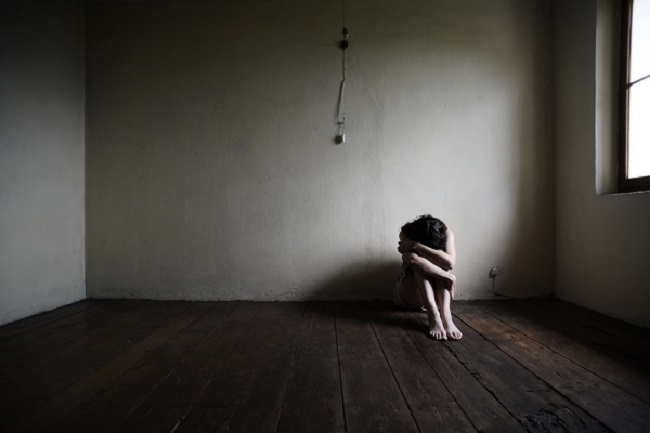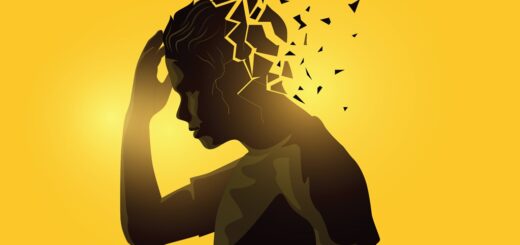Mental illness in disability and dependence
The culture in which we unconsciously give us a commitment to the world around us, our will is not as ours as we believe and we would like. The atmosphere limits our behavior and inhibits or accelerates our decisions. We are part of a larger whole that nourishes us or destroy us.
The closure of the sanatoria and macro-centers where isolated people with mental illness, led to a new vision in society of mental illness.
However, today, without sufficient coverage of services and benefits, people with mental illness are a group that is very likely to fall into social exclusion.
The welfare state has made available to people benefits and services. Recognition, reporting and rating the degree of disability (RD 1971/1999) and more recently the System for Autonomy and Care Unit (SAAD). Both have benefits that aim to improve the lives of people with disabilities or recognized dependence.
The evolution of the different classifications of functionality and, by extension, their strategies have been giving increasing weight to contextual factors extrinsic people. Introducing factors such as welfare, health status and conditions, operation, activities and participation.
The project is a vital criterion that determines the frequency with which the person performs what tasks and what places. The SAAD includes the vital project of the dependent person in all areas of life. It refers to each occupational role throughout the life cycle of the person; childhood, preschool, adolescence, adulthood and old age. In the development stages and associated roles.
Dependency law was born with the intention to meet the needs of those who, finding themselves in particularly vulnerable and require support to develop the essential activities of daily life, achieve greater personal autonomy and fully exercise their rights citizenship.
In the RD 1971/1999 of disability and there was a specific scale (ATP) which could recognize the need for third party, from 75% disability. While, which did not provide and still not provide the person are dependent aid or other benefits are recognized in the SAAD. Instead, it has other benefits, such as economic complement to the non – contributory benefit, parking card, tax…
Therefore, which it introduced the Act dependence was a covert reform of a Royal Decree of disability that already existed. The scale of the third person of disability (ATP) was repealed by a single scale for the entire state, for over 3 years (BVD) and another for children under 3 years (EVE).
Complaints from associations of mentally ill are more than justified, because the total score in the valuations are well below expected. This is because the tasks to assess the BVD not sufficiently collect the particulars of the person with mental illness.
You may also like to read another article on AnxietyReduction: What is Delusional Disorder: Symptoms and Treatment
There are other, more oriented to people with mental illness, sensitive to the level of support they receive reliable and valid, even trans cultural questionnaires.
In Questionnaire for the Evaluation of Disability World Health Organization introduced the development of a new instrument Disability Evaluation Who – Das II. The domains that were taken were:
- Compression and communication with the world.
- Ability to manage in the environment.
- Personal care.
- Relationship with others.
- Daily life activities.
- Participation in society.
Of these domains items, considered by experts to assess the level of difficulty in basic activities of daily living they were made. (ABVD).
But this questionnaire Who-Das II was not taken into account in the SAAD. Because of the desire from the SAAD want to include all diseases with a single BVD, rather than address the specific needs and the particular characteristics of the different population groups.
In this sense, people with mental illness, are a group of people who in many cases do not get to enjoy the portfolio of resources SAAD, either because the scale is not sufficiently sensitive to the particular conditions and risk or because there are no services or adequate benefits.
Today people with mental illness are very difficult to get into the services network and instead SAAD themselves are likely to be in a situation of social exclusion, especially if you do not have vital external support.














